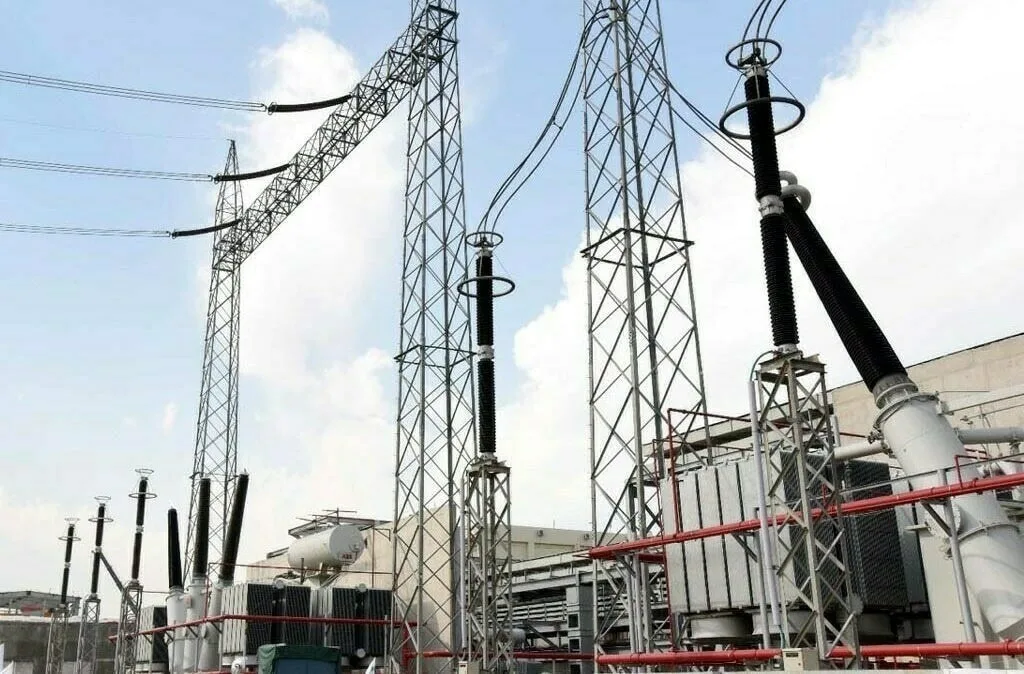In Tokyo, the Nikkei 225 index climbed 0.9% to 38,841.75. The Hang Seng in Hong Kong added 0.8% to 18,569.48 and the Shanghai Composite index was up 0.1% at 3,068.31.
Australia’s S&P/ASX 200 gained 0.7% to 7,824.40 after data from the Australian Bureau of Statistics showed the country’s trading surplus rebounded in April, with exports falling 2.5% and imports dropping 7.2%.
Taiwan’s Taiex surged 2% after contract electronics maker Foxconn’s shares jumped 0.6% after the company reported its revenue rose 22.1% year-on-year in May, a record high for the month. In Bangkok, the SET was up 0.4%.
South Korea’s markets were closed for a holiday.
On Wednesday, the S&P 500 climbed 1.2% to 5,354.03, hitting the top of its all-time high set two weeks ago. The Nasdaq composite jumped 2% to 17,187.90 and likewise set a record. The Dow Jones Industrial Average, which has less of an emphasis on tech, lagged the market with a gain of 0.2% to 38,807.33.
Technical issues briefly halt trading for some NYSE stocks in the latest glitch to hit Wall Street
The rally sent the total market value of Nvidia, which has become the poster child of the AI boom, above $3 trillion for the first time.
Nvidia is leading the way because its chips are powering much of the rush into AI, and it rose another 5.2% to bring its gain for the year to more than 147%.
The chip company also joined Microsoft and Apple as the only U.S. stocks to ever top $3 trillion in total value. Apple regained that milestone valuation after rising 0.8% Wednesday.
The gains for tech stocks helped offset a 4.9% drop for Dollar Tree, which matched analysts’ expectations for profit but fell just shy for revenue. The retailer also said it’s considering selling or spinning off its Family Dollar business.
The broad retail industry has been highlighting challenges for lower-income U.S. households, which are trying to keep up with still-high inflation.
Treasury yields fell in the bond market following some mixed data on the economy. One report said real estate, health care and other businesses in the U.S. services sector returned to growth last month and beat economists’ forecasts. Perhaps more importantly for Wall Street, the report from the Institute for Supply Management also said prices rose at a slower pace in May than a month before.
Another report suggested hiring slowed last month by more than expected at U.S. employers outside the government.
Stocks had been shaky recently after reports suggested the U.S. economy’s growth is fading under the weight of high interest rates. Wall Street has actually been hoping for such a slowdown because it can drive down inflation and convince the Federal Reserve to deliver much-desired cuts to interest rates.
But it also raises the possibility of overshooting and sending the economy into a recession, which would ultimately hurt stock prices.
Treasury yields sank after the weaker-than-expected economic reports raised expectations for coming cuts to rates by the Federal Reserve. The yield on the 10-year Treasury fell to 4.29% from 4.33% late Tuesday and from 4.60% a week ago.
The next big move for Treasury yields and Wall Street overall could come Friday, when the U.S. government releases its monthly jobs report. That report is much more comprehensive than Wednesday’s from ADP, and economists expect Friday’s data to show a slight pickup in overall hiring. The hope continues to be that the job market slows its growth but not by so much that it devolves into widespread layoffs.
In other dealings, U.S. benchmark crude oil gained 40 cents to $74.47 per barrel in electronic trading on the New York Mercantile Exchange.
Brent crude, the international standard, was up 30 cents to $78.71 per barrel.
The U.S. dollar fell to 155.59 Japanese yen from 156.10 yen. The euro climbed to $1.0892 from $1.0868.



